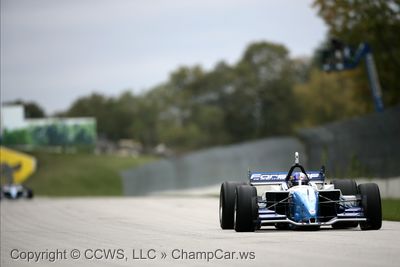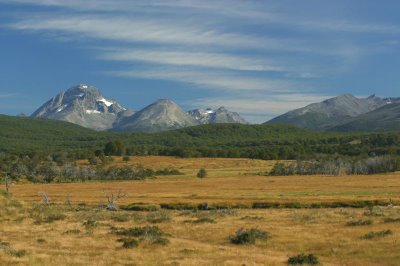 MSNBC page banner for today, October 24, 2006. "Just two weeks from the most important election of our time" --- the overriding theme of the day. Image Credit: Copyright 2006 MSNBC
MSNBC page banner for today, October 24, 2006. "Just two weeks from the most important election of our time" --- the overriding theme of the day. Image Credit: Copyright 2006 MSNBC"DEMFEST" All Day On MSNBC
So I wake this morning, as I am accustomed to do. Start the coffee, catch a little breakfast, flip on the computer, and watch a little Don Imus In The Morning on MSNBC. The day starts out pretty much normal.
Imus ends and up pops an all day broadcast anchored by David Gregory. This just isn't any MSNBC broadcast ... but a special broadcast production day entitled "Decision 2006 Battleground America".
David begins the day by reviewing what one will be watching, that an interview with Senator Jack Murtha will be coming up shortly but first let's go to Richard Engle in Baghdad, Iraq.
After ten minutes of how ugly things are in Iraq and parsing the words of the commander after a news conference … David Gregory interviews Jack Murtha for a full fifteen minutes, without any counterpoint, unless one wants to count David Gregory as a counterpoint.
All of the time this is going on, the scroll at the bottom of the screen reads -
NOW ON MSNBC: DECISION 2006 BATTLEGROUND AMERICA ON MSNBC *** IN THE SENATE, DEMOCRATS NEED ONLY TO WIN 6 SEATS TO TAKE CONTROL OF THE CHAMBER *** WATCH CHRIS MATTHEWS ON HARDBALL ON MSNBC’S “POLITICS DAY” DECISION 2006 AT 3 PM; CHRIS WILL INTERVIEW NED LAMONT FOR THE HOUR *** POLLS SHOW DEMOCRATS POISED TO TAKE CONTROL OF THE CONGRESS – ONLY 15 SEATS NEEDED TO TAKE CONTROL OF THE CHAMBER ***
Strewn all throughout the broadcast, graphics of the United States highlighting each state that is in play pops-up just like on election day coverage tracking the polls as if the election was happening right now … and then the talking heads that include Howard Dean, Tim Russert, some pollster, photos of the contested candidates with their respective poll percentage numbers (ahead/behind).
MSNBC’S Decision 2006 Battleground America is really one big “DEMFEST” – check it out, it’s fun, it’s lopsided, and it’s politics here and now in 2006. If you leave the room, don’t forget to turn off the TV.
Oh, by the way, it took over an hour and a half since the beginning of the program, the first person in politics, who is not a democrat or a journalist (democrat), is Elizabeth Dole. She is being interviewed by the second hour anchor, Campbell Brown.
Sample question to Dole: “Why are people like Dewine (R) in trouble of losing his seat?”
Graphics pop-up on the screen showing the layout of the Senate Chamber floor with the caption “Democrats Need Only To Win 6 Seats To Take Control”
It’s a “DEMFEST”! What an orgy!
Okay, now Campbell Brown announces that “After the break, we will go to New Jersey where Republicans have a chance to take back a seat” … this offering after only one hour and forty-five minutes of broadcast time – incredible!
































